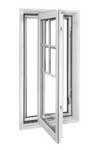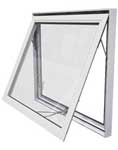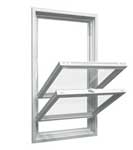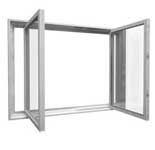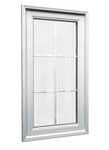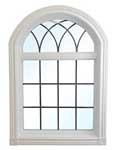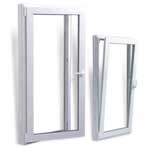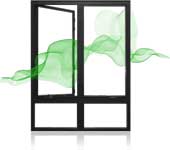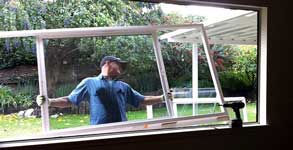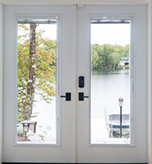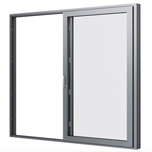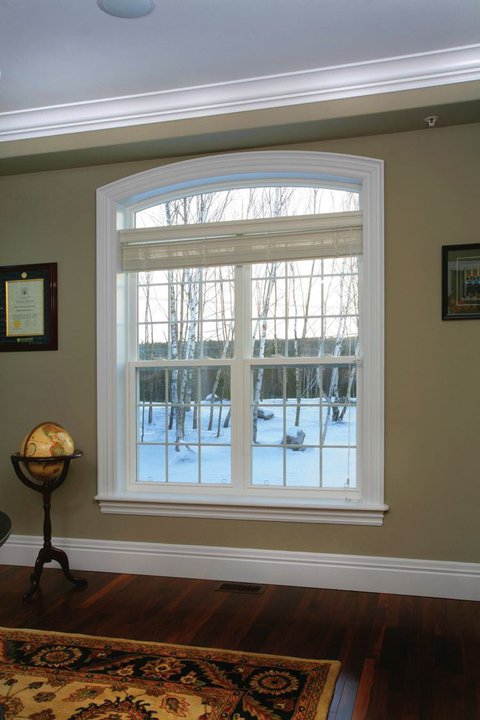Have you ever been downright frustrated about your windows ‘sweating’ during winters? You’re not alone– many homeowners in Canada are increasingly complaining about window condensation during winters and are scrambling to find remedies.
If it’s a few occasional patches, you’re pretty much in the clear. However, if you’re wiping down your foggy windows every half an hour, you may just have a problem on your hands! Here are tricks to rid prevent interior window condensation come this winter:
1. Let air circulate
It seems strange to turn on your fans in the dead of winter, but doing so can help reduce condensation. Fans rotating in a clockwise direction help to push the warm air from off the ceiling and towards the floor, away from the windows.
2. Keep your plants outside
Indoor plants have several benefits, but they also produce moisture, which adds to the overall heaviness of the air inside a home. If you’re dealing with condensation in rooms with plants, consider moving them elsewhere in the house or outside to reduce moisture.
3. Get a dehumidifier
Dehumidifiers help to rid the air of excess moisture, which is what converts into window condensation. Depending on the kind of dehumidifier you’ve purchased, you can either turn it on when you spot window condensation, or it’ll switch on automatically when the home’s humidity levels hit a certain point.
Other useful ideas
4 Practical Tips To Help You Prepare Your Windows And Doors For Summer
How much do replacement windows cost?
4. Install a hygrometer
A hygrometer is a device that measures moisture levels in the air. Since condensation forms when warm moisture in the air collects on a cold surface, such as a window, tracking the humidity level in your house can help you stop condensation. When the moisture levels in the house get too high, take steps to reduce the humidity.
5. Close doors when bathing and cooking
Some of the most significant contributors to moisture in your home include showers/bathing and cooking. When you shower or bathe, close the door to the bathroom to keep steam and moisture from escaping into the rest of the house. When cooking, close doors to the kitchen to keep moisture contained. When you are cooking or bathing in a closed off room, open windows to help remove the moisture.
6. Get window insulation kits
These help to warm up your windows from the inside, reducing the amount of condensation against cold window panes. They can also be installed on the outside; however, this is more to reduce energy costs than to bring down condensation levels.
7. Open up your windows
If you can brave the cold for a few minutes, open up the windows if you see condensation forming on inside panes. It’ll drive the warm air out and clear up the windows.
8. Replace the panes
Too much condensation between window panes mean you may be forced to replace them. This could be affordable or expensive depending on what your choice of and age of the original pane, as well as the manufacturer you sourced it from.
9. Switch out the windows
In case of leaks or the inability to change panes, you may have to change the entire window. Though this seems like an expensive project, it’ll serve you well over the next few years– plus, you won’t have to deal with leaks and between-pane condensation for a long time after!
10. Get a professional
If condensation is a continuous problem no matter what you do, enlist the help of a Burlington windows professional.
We serve all of Toronto and the Greater Toronto Area, helping property owners enjoy a safe, comfortable winter. Our specialists will be able to pinpoint the problem and offer solutions that are cost-effective and longer-lasting than hasty DIY fixes.

